The ceremony to receive the title of Dak Nong UNESCO Global Geopark for the second time will be held by Dak Nong province at 19:00, December 26, 2024 at the Provincial Convention Center.
As planned, from December 24-26, Dak Nong will organize a series of special events on the occasion of receiving the title of UNESCO Global Geopark for the second time, period 2024-2027.
The ceremony to receive the title of Dak Nong UNESCO Global Geopark for the second time in 2024 is an important event, marking Dak Nong's sustainable development in preserving geological heritage and linking with sustainable development goals. This event also celebrates the 20th anniversary of the Global Geoparks Network (2004 - 2024), with a strong expansion from the original 25 members to 213 parks in 48 countries and territories by 2024.
Through the ceremony, it helps mobilize resources, attract investment from businesses, economic sectors inside and outside the province to invest in the tourism sector, effectively exploit the potential and advantages of the locality, contributing to the sustainable socio-economic development of Dak Nong province.
C8 volcanic cave, Krong No district, Dak Nong province – photo by Ngo Minh Phuong.
This is an affirmation and recognition of the efforts and determination of the entire political system and the people of Dak Nong province in building and developing the Global Geopark. At the same time, it honors the scientific, geological, cultural and social values of Dak Nong province, affirming that building and developing the UNESCO Dak Nong Global Geopark is a model of sustainable socio-economic development of the province.
Nam Kar volcano, Krong No district, Dak Nong province – photo by Ngo Minh Phuong.
Dak Nong Geopark was recognized by UNESCO as a Global Geopark in July 2020; becoming the third global geopark in Vietnam after Dong Van Karst Plateau Geopark in Ha Giang and Non Nuoc Cao Bang Global Geopark.
According to scientists, Dak Nong Geopark covers an area of 4,760 square kilometers, including the districts of Krong No, Cu Jut, Dak Mil, Dak Song, Dak G'long and Gia Nghia City; there are about 65 geological and geomorphological heritage sites, including a system of nearly 50 caves with a total length of more than 10,000 meters, craters, waterfalls, etc.
C1 volcano crater, Krong No district, Dak Nong province – photo by Ngo Minh Phuong.
This place has long been famous as a fertile red land with a tropical forest ecosystem, where unique values of biodiversity are preserved. This land also preserves many unique cultural, geological, natural features as well as traces of prehistoric human activities.
The history of this land dates back 140 million years ago, when it was part of a vast ocean, with traces found in sedimentary rocks, ammonites, and other fossils. Tectonic movements of the earth's crust caused the area to rise and volcanoes to appear. It was volcanic activity that covered half of the area with basalt lava layers.
C7 volcanic cave, Krong No district, Dak Nong province – photo by Ton Ngoc Bao.
As part of the poetic and majestic M'Nong plateau, Dak Nong Geopark is a convergence of typical values of geology, geomorphology, archaeology, culture and biodiversity characteristic of the area.
The most special feature in Dak Nong Geopark is the cave system in basalt, distributed in the Dray Sap-Chu R'Luh area, discovered in 2007...
The re-recognition of the UNESCO Dak Nong Global Geopark not only affirms the province’s heritage value but also demonstrates its commitment to achieving sustainable development goals. The re-evaluation of the title every four years, conducted by UNESCO experts, is a measure to help the locality ensure international standards and shape development strategies in line with the global context. The UNESCO Dak Nong Global Geopark is a typical example of effective cooperation between Dak Nong province and UNESCO.
Vietnam.vn


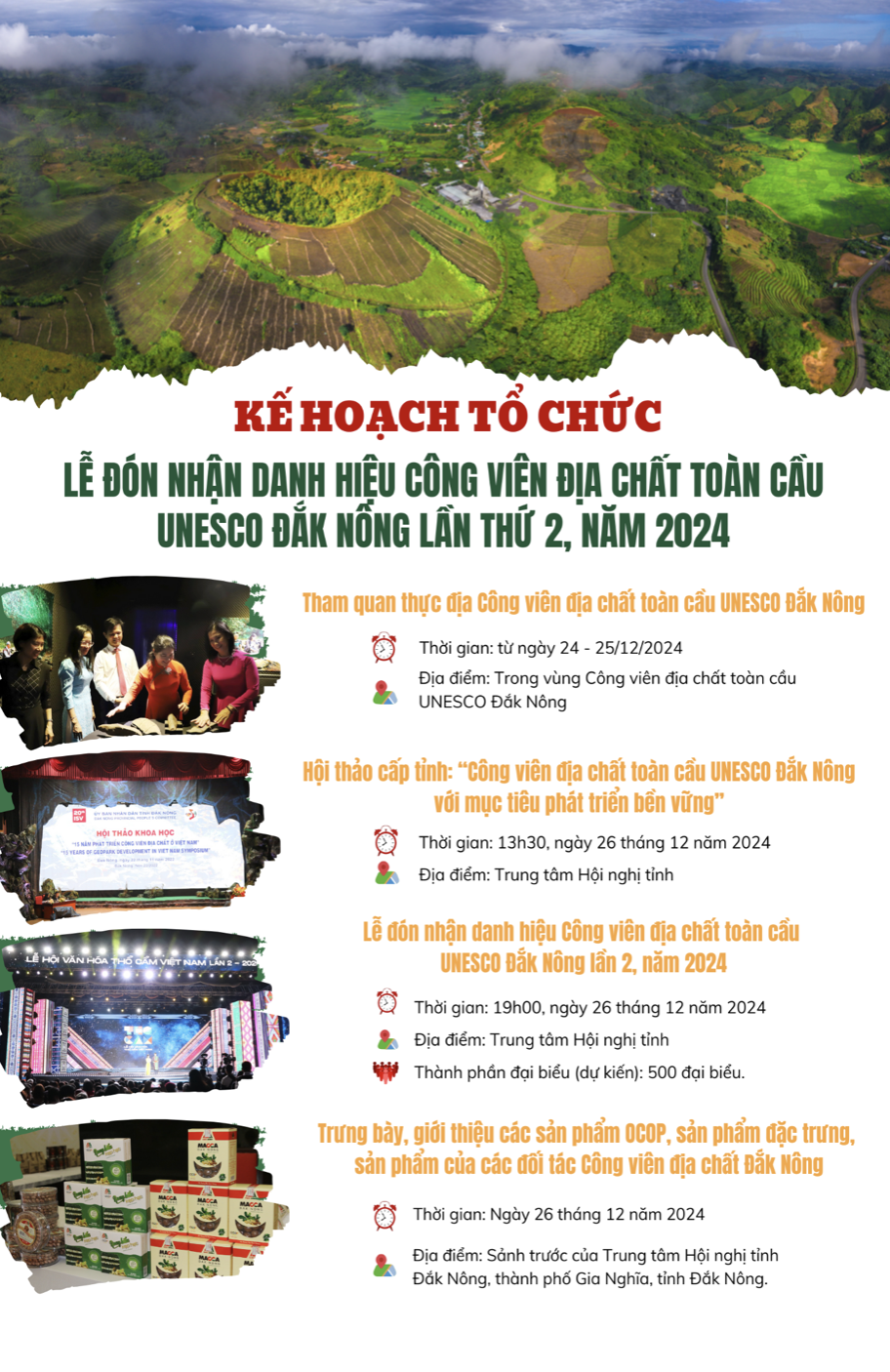
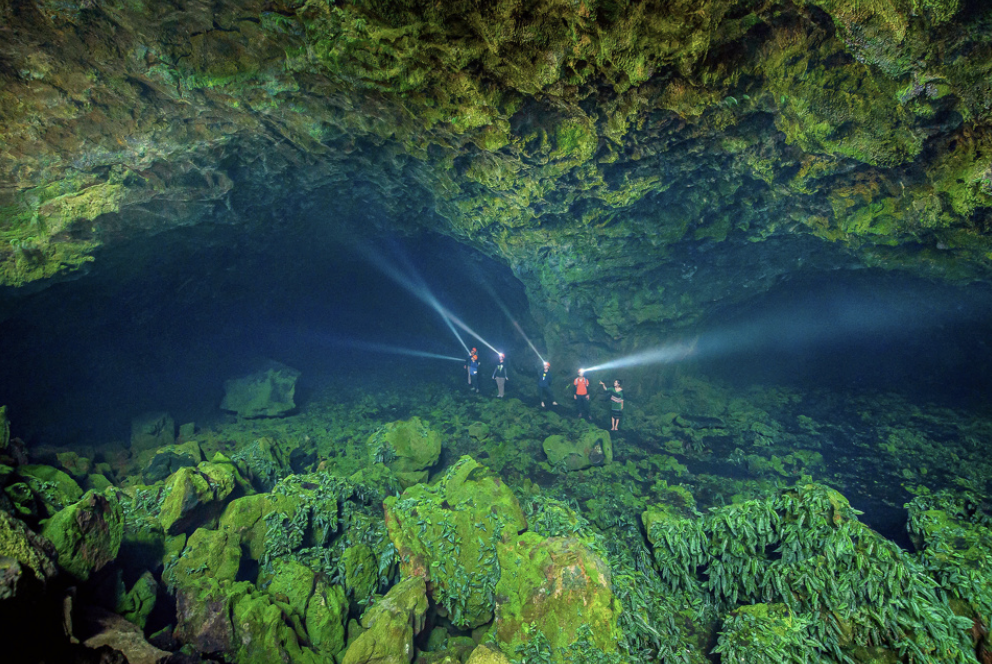
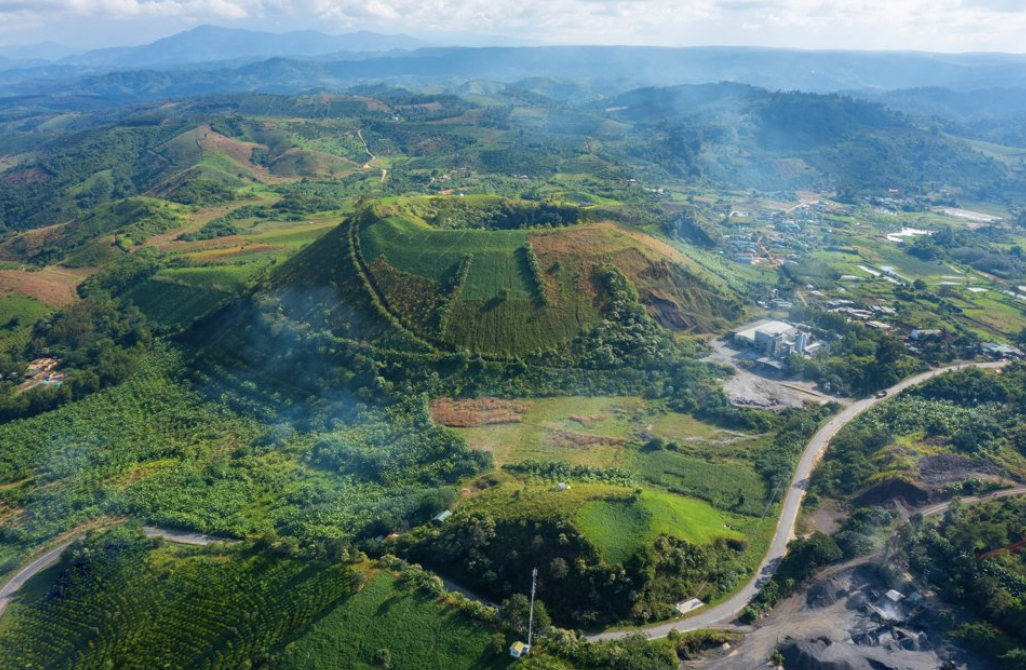
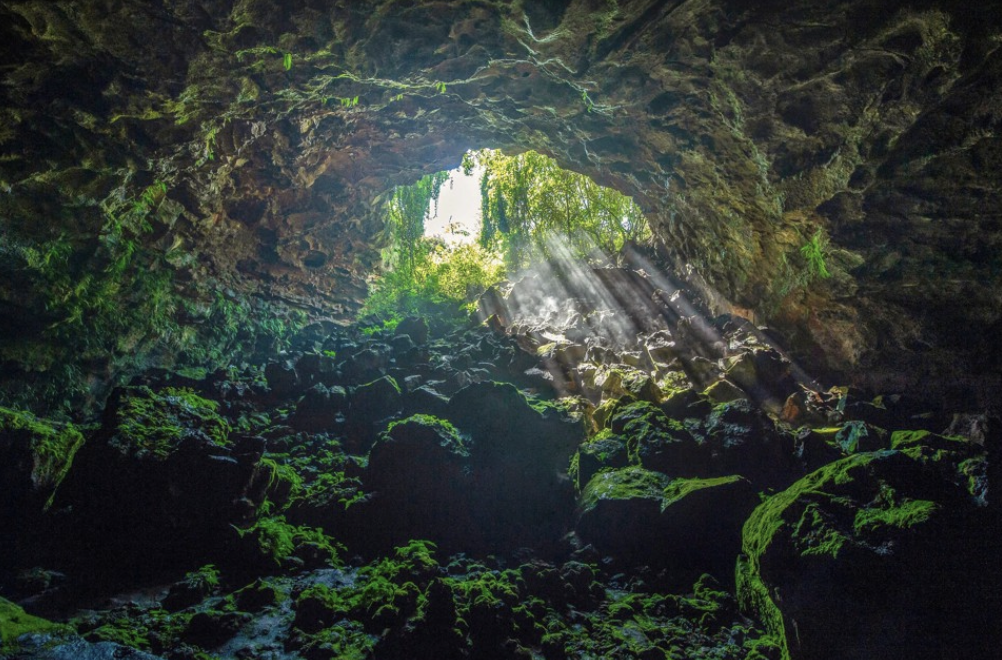
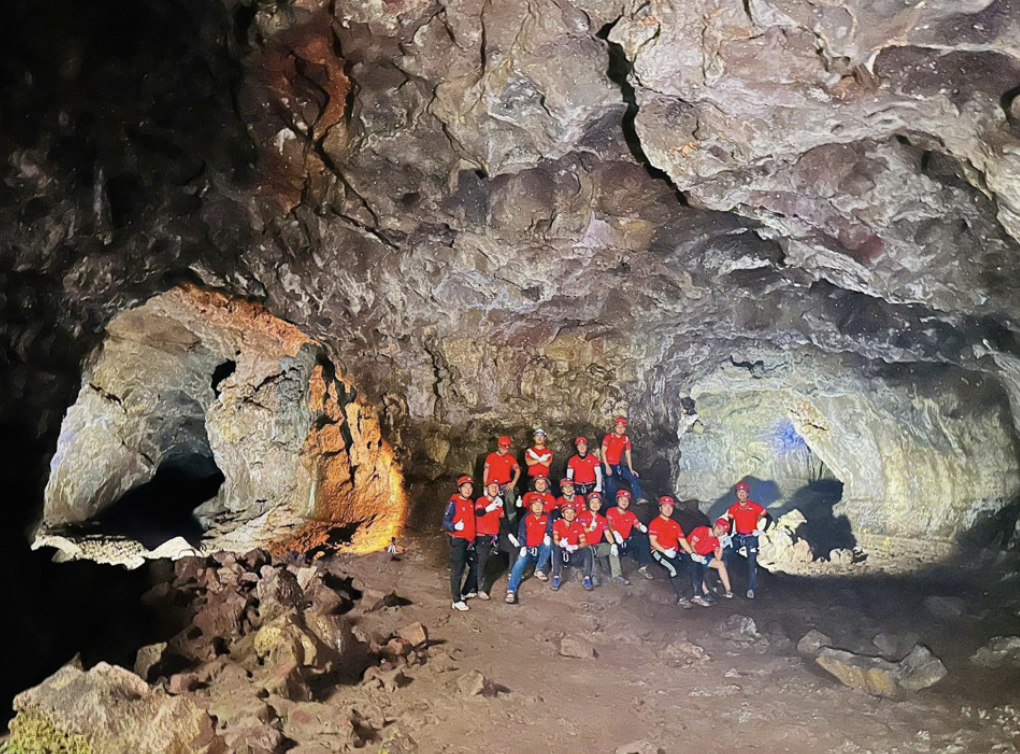



























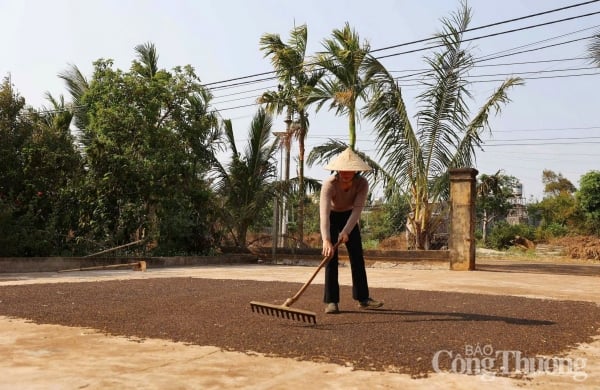


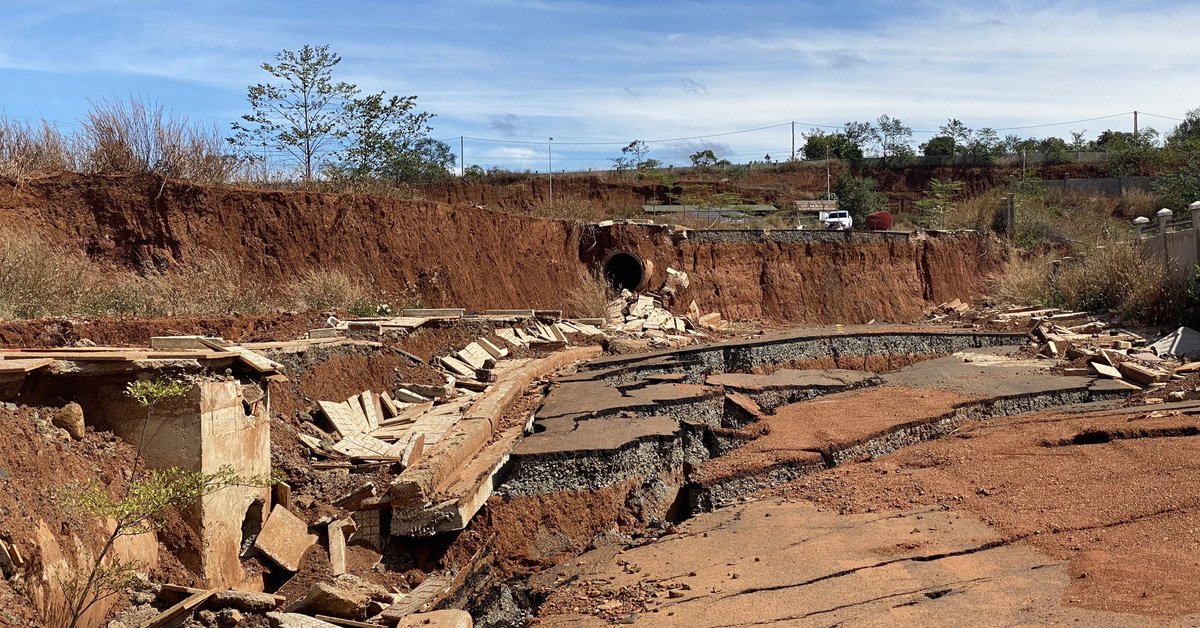

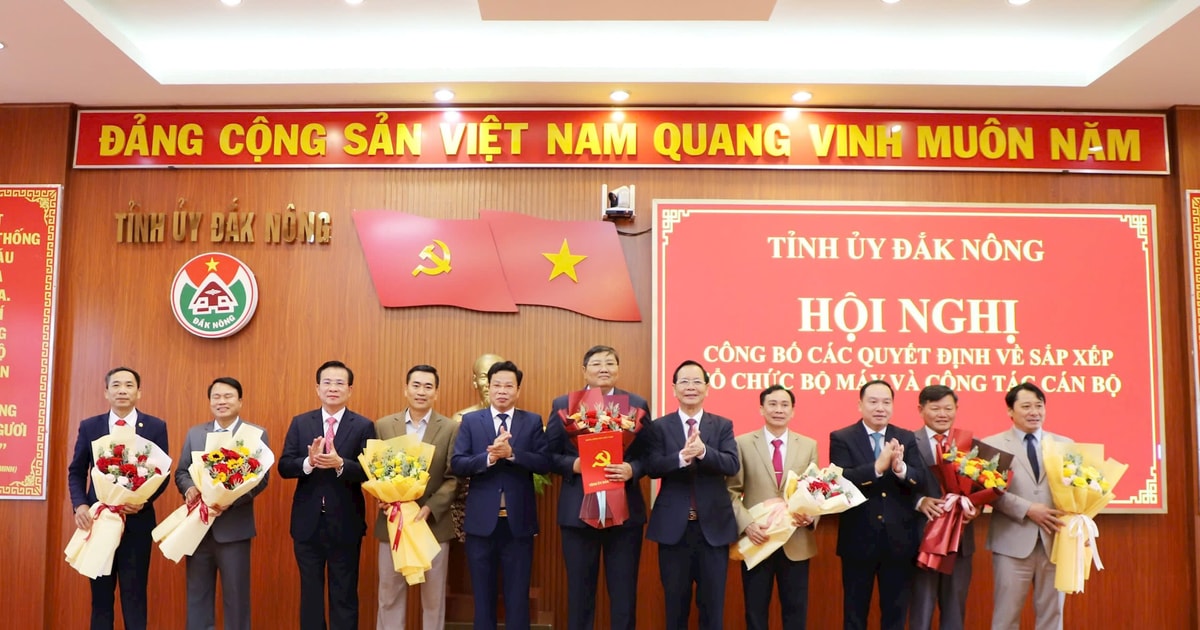





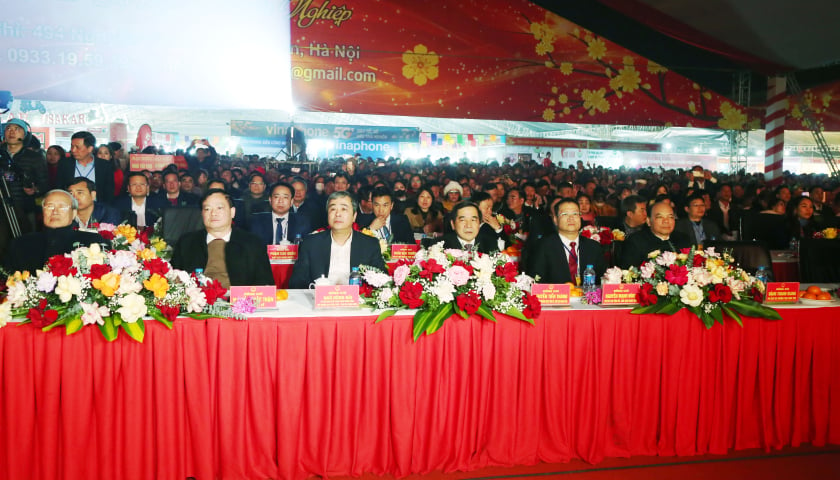
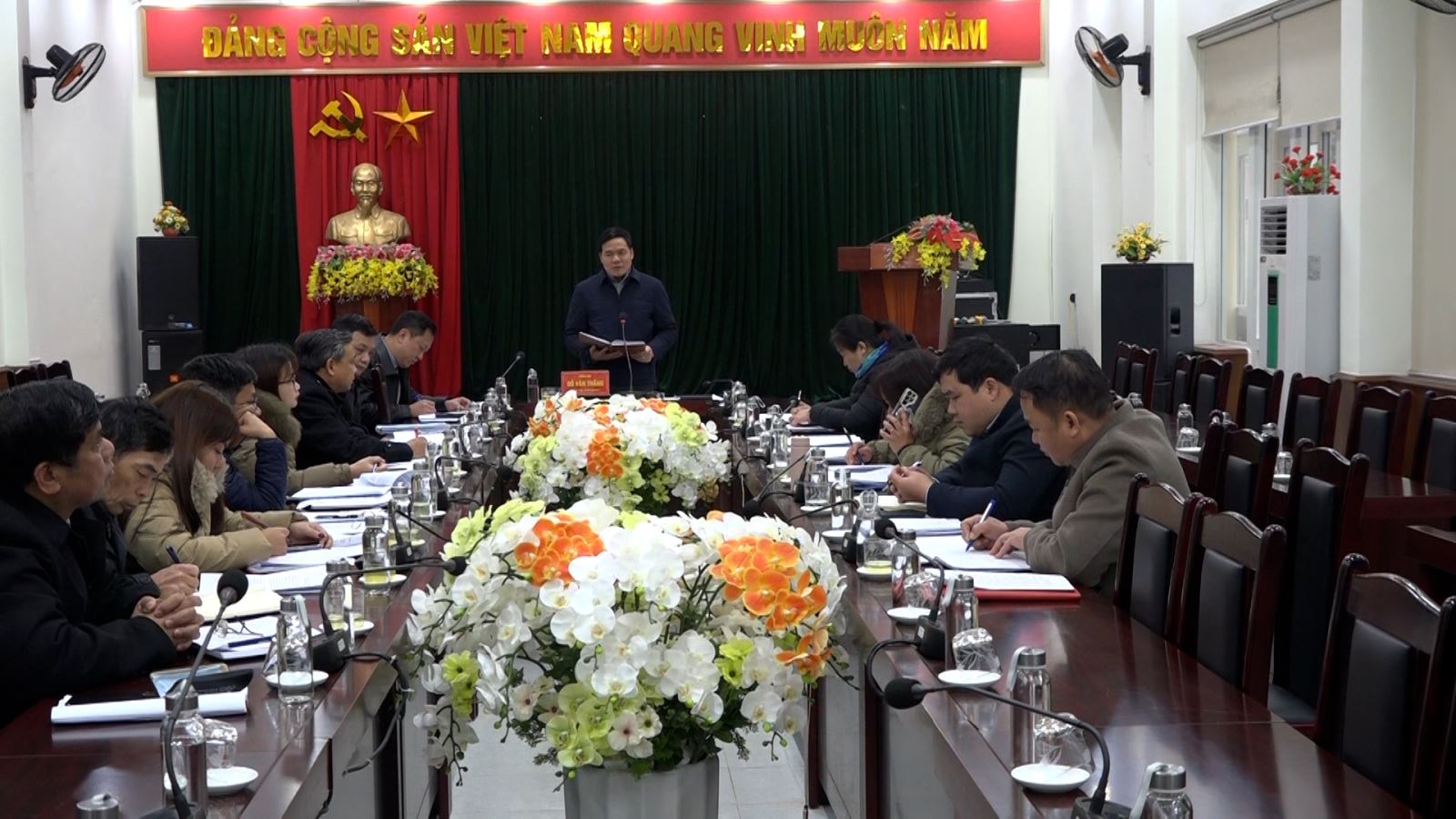
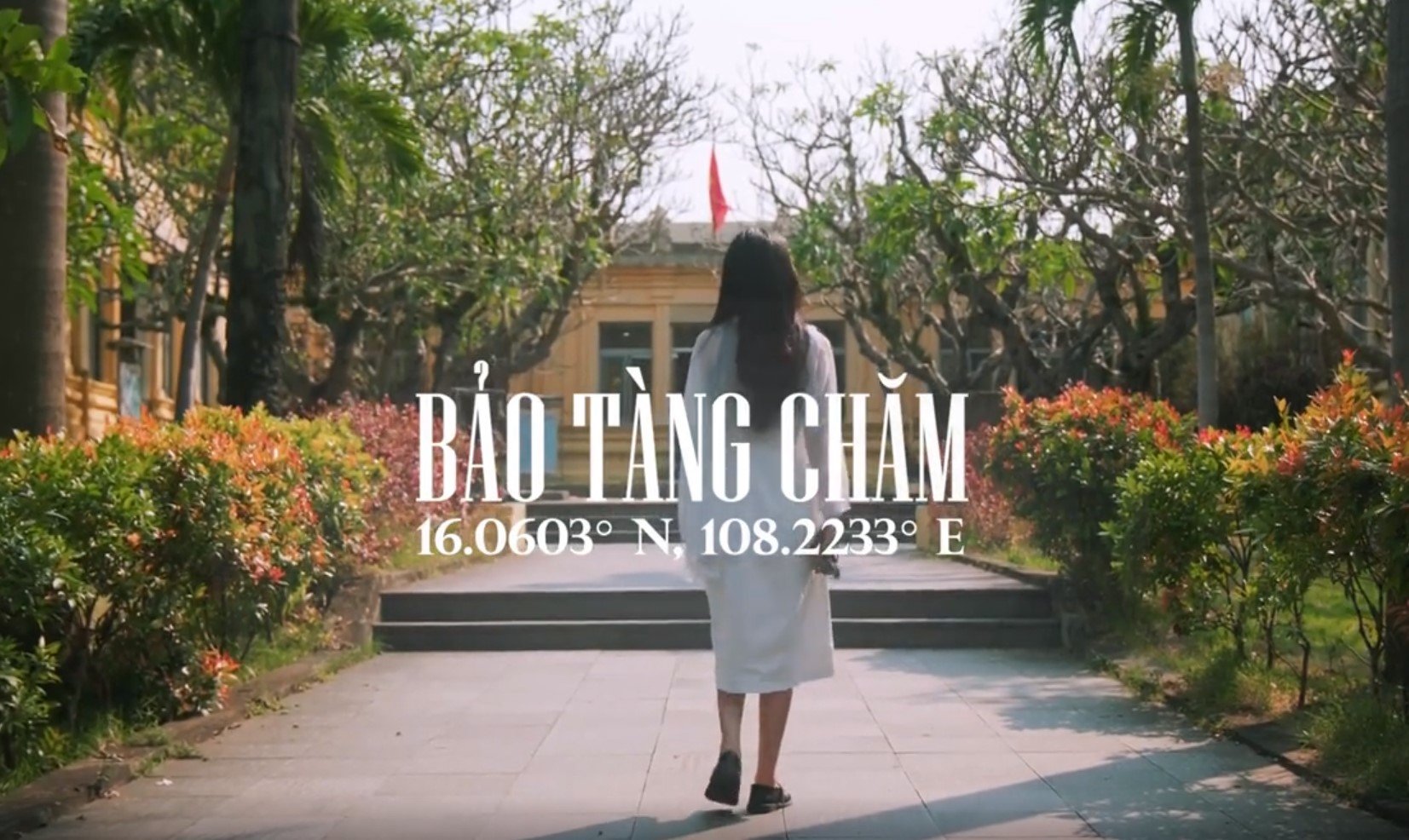
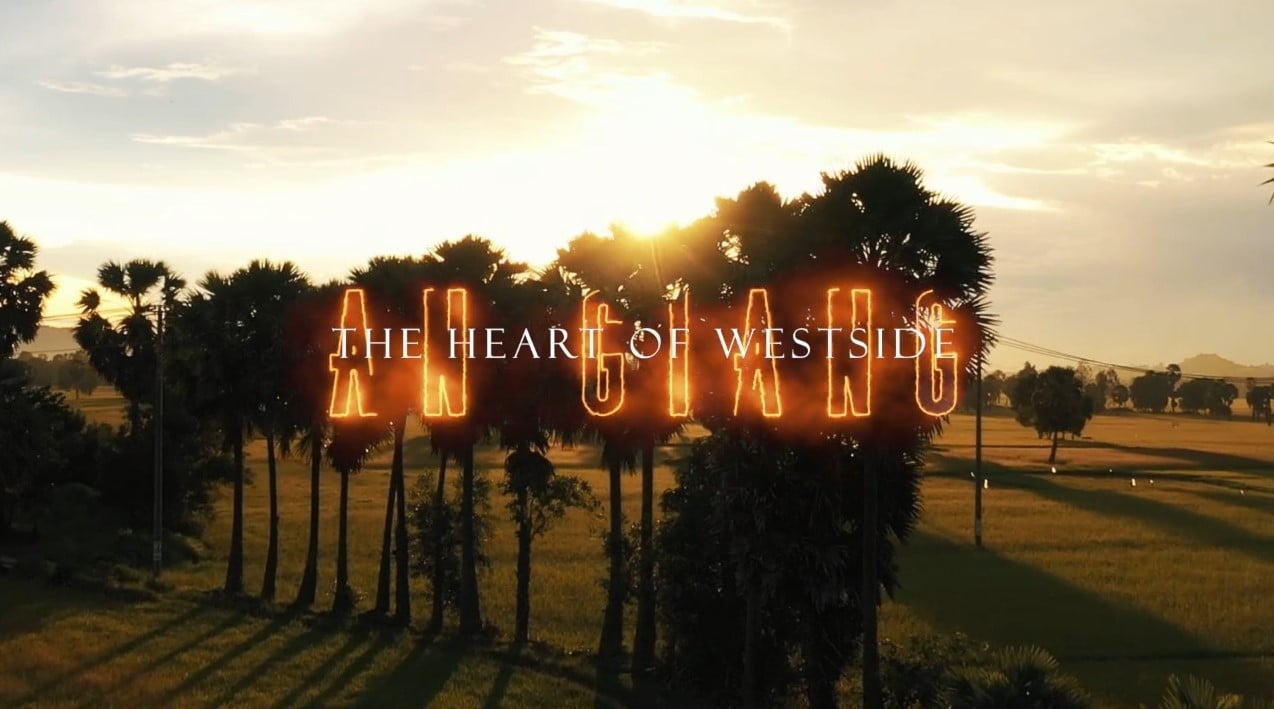
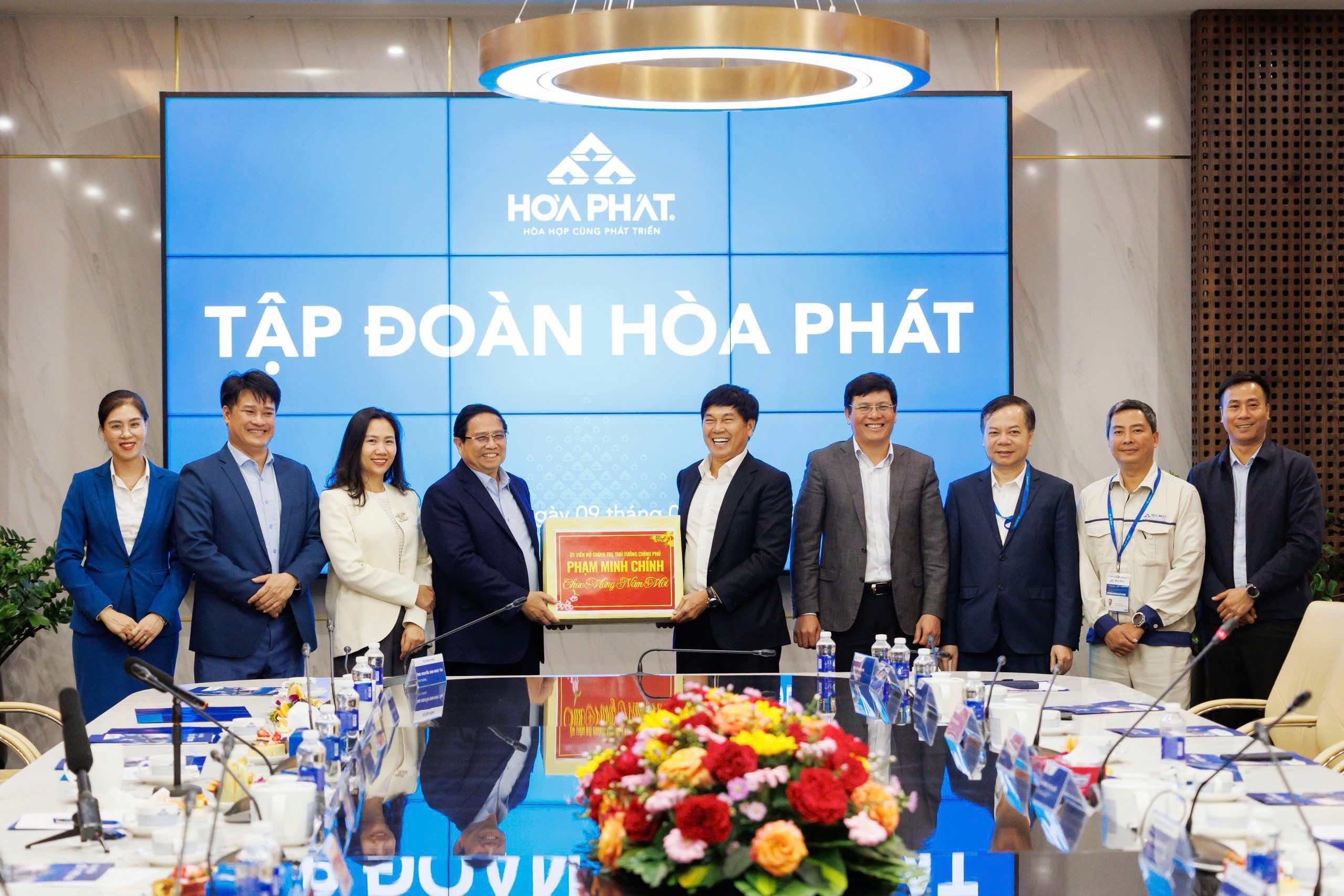














Comment (0)